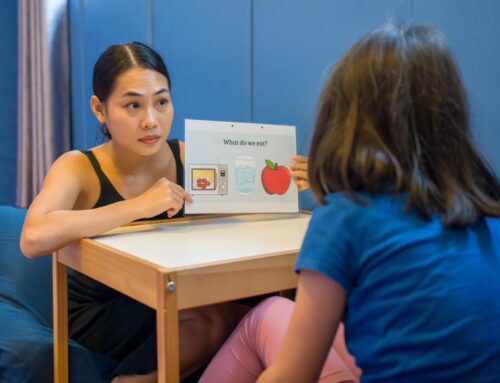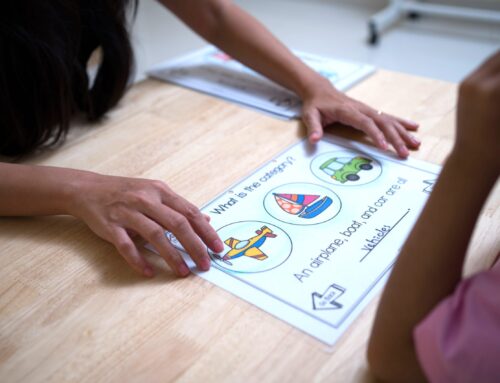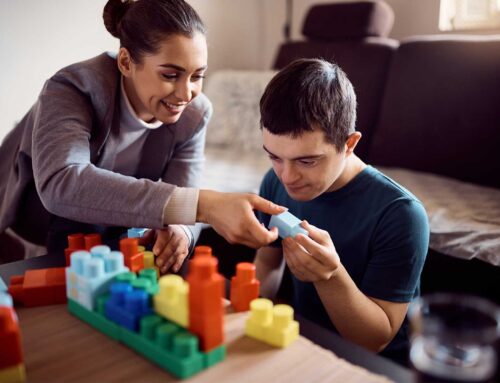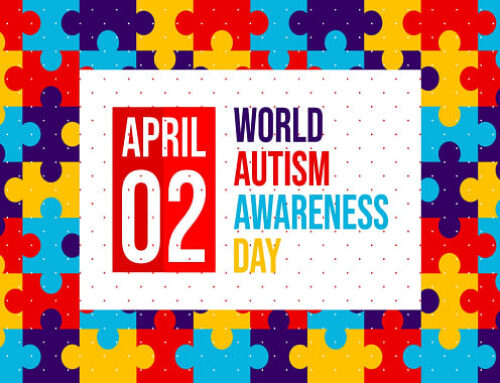Autism spectrum disorder (ASD) is a developmental disorder that affects communication and behavior. People with ASD may have difficulty with social interaction, communication, and repetitive behaviors. ASD can range from mild to severe, and there is no one-size-fits-all treatment.
Symptoms of ASD in adults:
The symptoms of ASD can vary widely from person to person, but some common symptoms include:
- Difficulty with social interaction and communication
- Repetitive behaviors or interests
- Sensory sensitivities
- Restricted interests
- Difficulty with change
Symptoms of ASD in children:
The symptoms of ASD in children are similar to those in adults, but they may be more pronounced. Some common symptoms in children include:
- Lack of eye contact
- Delayed language development
- Difficulty playing with other children
- Repetitive behaviors, such as lining up toys or spinning objects
- Sensory sensitivities, such as being bothered by loud noises or bright lights
Diagnosis of ASD:
There is no single test for ASD, and diagnosis is based on a child’s medical history, developmental milestones, and behavior. A team of healthcare professionals, such as a pediatrician, psychologist, and speech-language pathologist, may work together to diagnose ASD.
Treatment for ASD:
There is no cure for ASD, but there are treatments that can help improve symptoms and quality of life. Treatment for ASD may include:
- Applied behavior analysis (ABA) therapy
- Speech therapy
- Occupational therapy
- Medication
Support for adults and children with ASD:
There are many resources available to support adults and children with ASD. These resources may include:
- Support groups
- Online forums
- Advocacy organizations
- Government programs
Autism spectrum disorder is a complex condition, but there are many ways to help people with ASD live full and productive lives. If you think you or your child may have ASD, it is important to talk to your doctor. Early diagnosis and intervention can make a big difference in the lives of people with ASD.





Leave A Comment